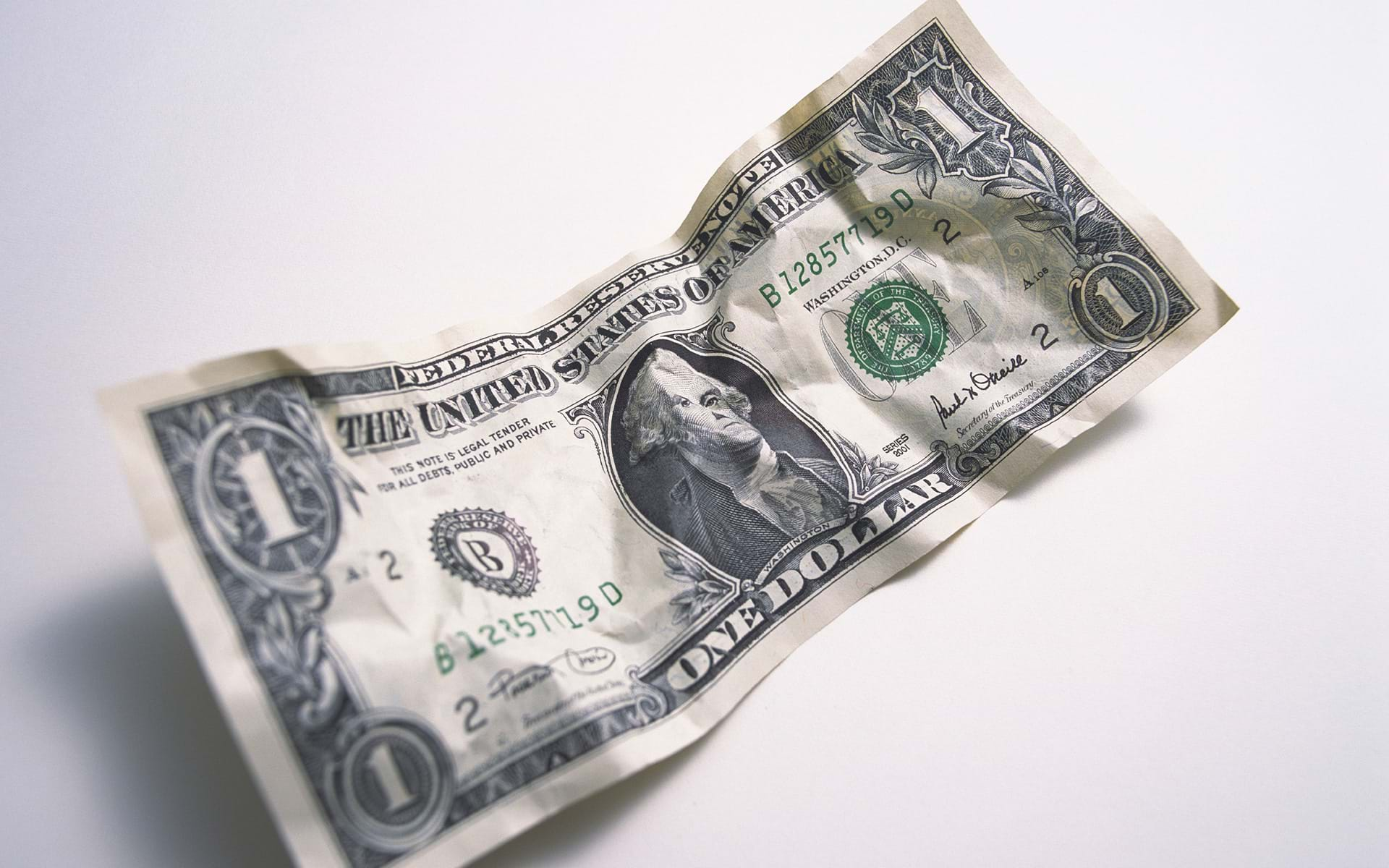If advertising trends are any indication, more and more of us are experiencing increased levels of what I’ll call “yield fatigue”. New advertisements and articles appear everyday about where to go to earn something on those dollars otherwise sitting in savings accounts, money markets, CDs and the like. We enjoy the safety these type of vehicles offer, but are growing exceedingly tired of earning nothing or near nothing while the cost of gas, health care, tuition and other goods continues to rise. We have to do something. Right?
It’s no secret that our relationship with money has always and likely will always revolve around fear and greed, risk and reward. It is frustrating to scrimp and save only to see no short term fruit born for our efforts. That all said, it seems that, in our quest to earn a bit more of our hard-earned dollars, some are starting to get a little loose with the definition of the word substitute.
Suggesting moving some of your cash or short-term, high quality bonds to dividend paying stocks, high-yield (a.k.a. junk) bonds or emerging market bonds may sound promising at first glance. I’d argue that’s the greed side of the equation playing with your mind. That’s not to say that there aren’t situations where taking more risk to earn higher returns than cash is currently offering don’t exist, they certainly do. The irresponsible part is anyone proclaiming, or any investor believing, that this is a “substitution” for cash or cash like investments.
No, the equation hasn’t changed. If you wish to earn an expected return greater than that being offered in cash, you must accept the additional corresponding risk. In other words, moving some of your safety net into riskier investments, even if only slightly so, should be carefully evaluated, preferably with a trusted advisor. Everyone has different long term needs, wants, wishes and abilities to tolerate risk. Some may be able to stay on track sitting on their current cash reserves through this continuing low-rate environment while others are falling further behind on their hopes to meet their goals. If you do choose to make some adjustments and go it alone, make sure, at a minimum, you at least . . .
Maintain your emergency fund in cash. Make your first savings priority to have at least six months of living expenses available in cash, possibly more if you’re self-employed or a single income home.
Avoid investing in anything other than cash and short term, high quality bonds for any cash you might need in the next five years. The stock market is a place for long term investing. If you’re going to need the money soon or there’s a high probability you might, leave it on the sidelines.
Dividends are nice, but so is preserving your capital. There’s nothing wrong with making dividend paying investments part of your investment strategy. Just make sure you understand how volatile they can be to your principal. Also keep in mind that when the value of a stock goes down, so might the amount of dividend you receive. When the market went south in 2008 and 2009, many companies suspended dividends right when their stock values are at their lowest. Can you afford to have your income stream and the value of your portfolio impacted that dramatically all at once?
With some thoughtful strategizing, your plan can include all the safety and security you need in the short term, with an eye towards growth with those investments slated for the long term. Just make sure you aren’t moving things from one category to another without understanding the risk. Often times when it comes to cash, there’s just no substitute.















